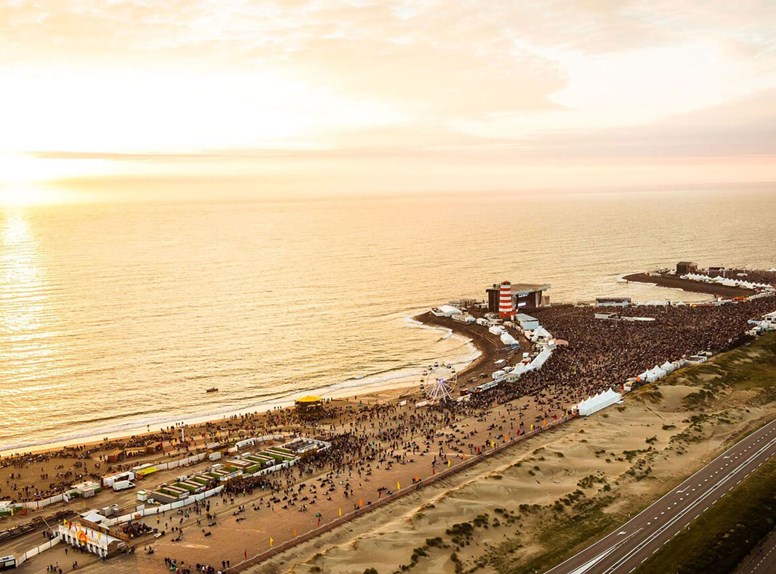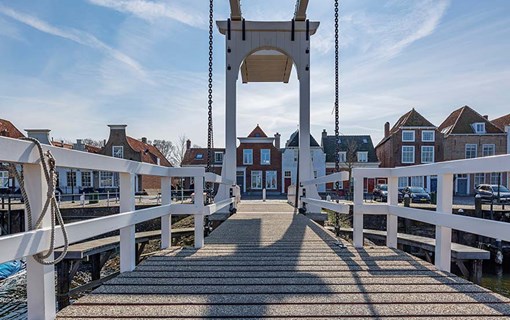
Towns and cities
Schouwen-Duiveland
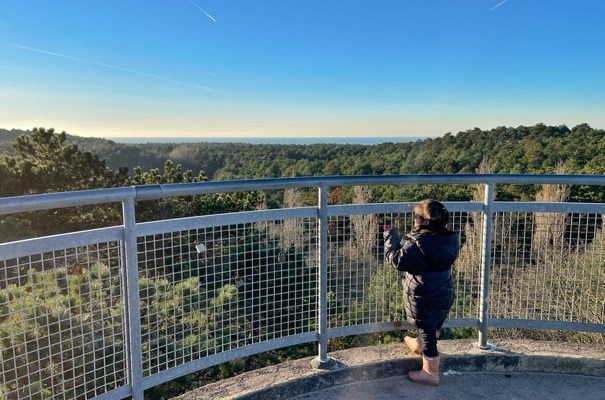
What makes Schouwen-Duiveland so special? The island offers a unique mix of extensive natural beauty, picturesque towns, such as Zierikzee, culinary surprises and ample opportunities for watersports. Discover here what makes Schouwen-Duiveland so special!
The Westerschouwen Forest is the largest in Zeeland and lies on the coast of Schouwen-Duiveland. It is set in an undulating dunescape with sand hills, hollows and dunefields. The forest edges, with their rich diversity of trees and plants, are teeming with birdlife. This is one of the most beautiful parts of Zeeland. The forestry reserve is great for exploring on foot, but you can do this by mountain bike too. The area offers a combination of sandhills, steep-sided dunes and large expanses of sand: a challenge for new and experienced mountain-bikers alike. If you prefer a vertical challenge, then put your skills to the test at the Klimbos Westerschouwen, a treetop adventure park.
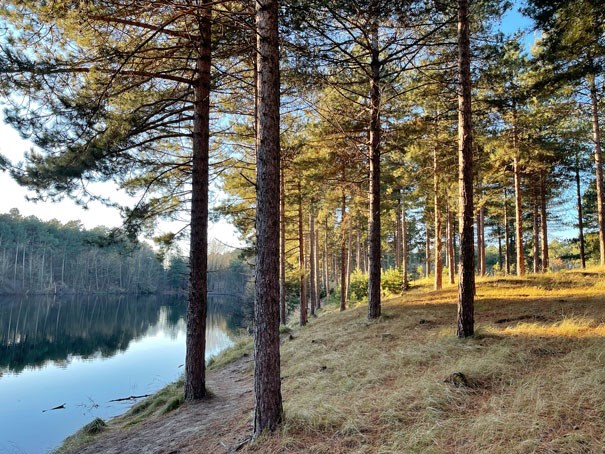
Covering an area of 14 hectares, Wijnhoeve De Kleine Schorre - in Dreischor, Schouwen-Duiveland - is one of the largest and most spectacular vineyards in the Netherlands. The sea breezes, the local soils and the number of hours sunshine - around 10% more than the rest of the country - mean that Schouwen-Duivenland is an ideal region for growing vines. The vineyard combines traditional methods of viticulture with more innovative techniques and these you can experience first hand on one of the tours and wine-tasting sessions which are organised. It is a must-visit place for connoisseurs who like local quality wines in beautiful surroundings.
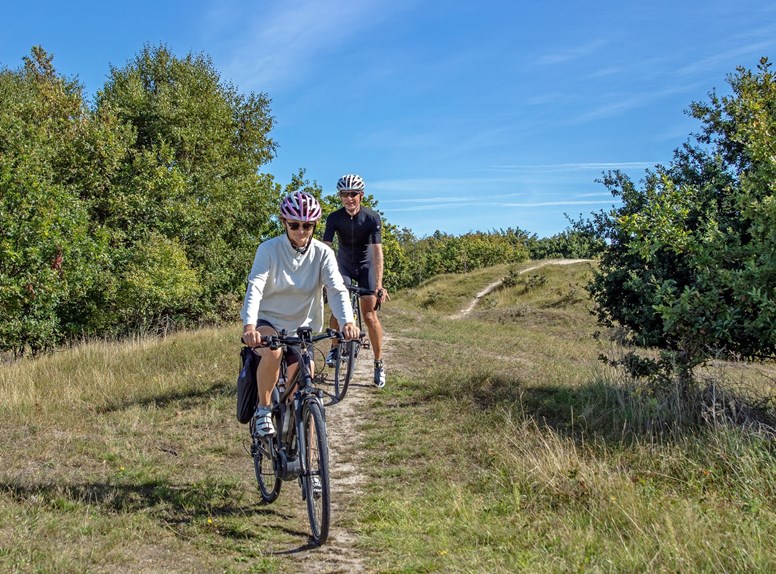
Without doubt, the Westerlicht lighthouse in Burgh-Haamstede is the most iconic lighthouse in Zeeland. Its red and white-striped tower is one of the tallest in the Netherlands. With the lantern standing at 58 metres above sea level, it occupies an imposing position on the coastline. Although the lighthouse is not open to the general public, it is highly photogenic and provides a great backdrop for photos. The surrounding dunes likewise provide plenty of scope for great walks in what can be described as a unique landscape.
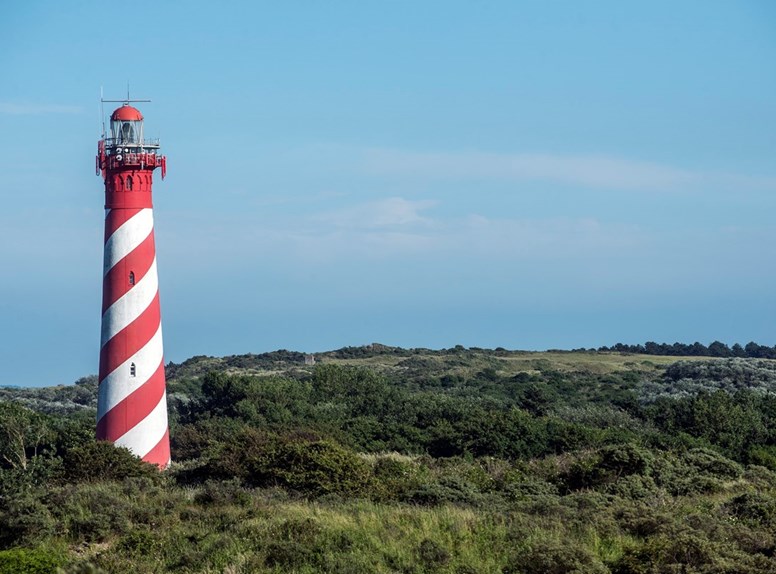
A visit to Zeeland is not complete without stopping at the Watersnoodmuseum in Ouwerkerk. The Great Flood of 1953 is etched deep in the minds of Zeeland’s inhabitants and leaves no one unmoved. For many living in Zeeland, every approaching storm engenders a sense of unease, even with the modern-day protection of the Delta Works. The museum tells extrordinary stories of what happened that night, for example, a child being rescued from the storm in a wicker basket. Also on view are the huge caissons - or watertight chambers - used for filling the holes in dykes. Discover how the Zeelanders, right up to the present day, continue to battle against the sea.
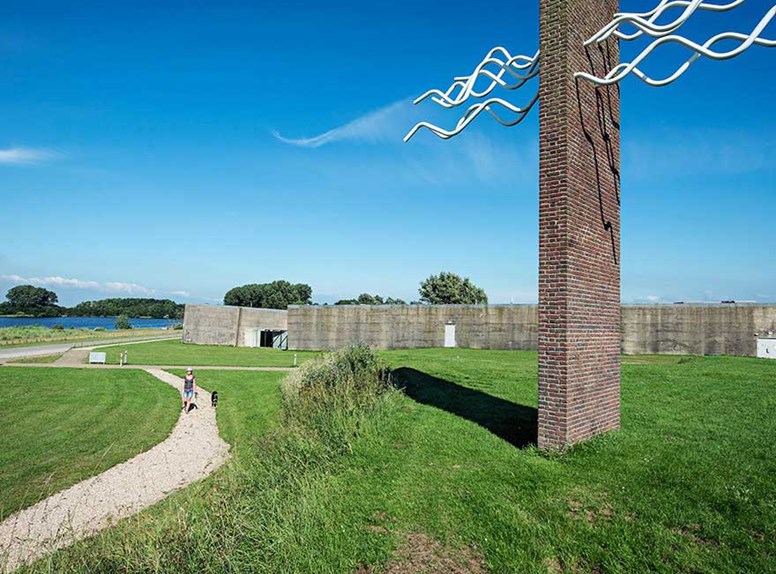
Zierikzee is a port which has a rich history which is reflected in its streetscape today. The town has more than 500 listed monuments, such as the great tower of Sint-Lievensmonster and the historic town gates: it is a living open-air museum. The picturesque harbour with its boats, views of which can be enjoyed from the comfort of one of the many pavement cafés, gives it additional charm. The town centre is a draw for shopping enthusiasts in search of a unique bargain and it is the ideal location for a beguiling town trail through the narrow streets hemmed in by historic buildings.
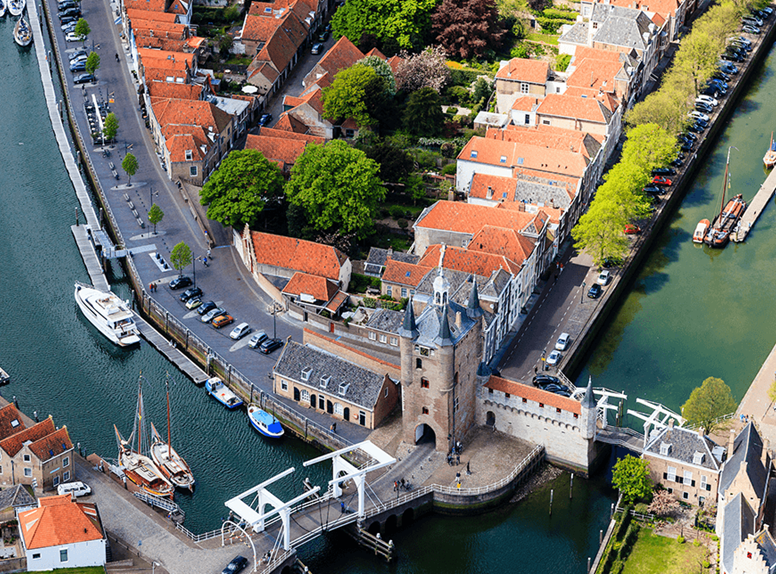
Brouwersdam, which connects Schouwen-Duiveland with Goeree-Overflakkee, protects the land from flooding during a possible storm surge. The result of the Grevelingendam and the Brouwersdam being completed was the Grevelingenmeer, the largest saltwater lagoon in western Europe. Safety may have been the primary reason for its construction, but recreation too, was factored in. It is a major attraction for watersports enthusiasts. Brouwersdam is also famous for holding major festivals, such as Concert at Sea and Beachboom, which are held here annually.
